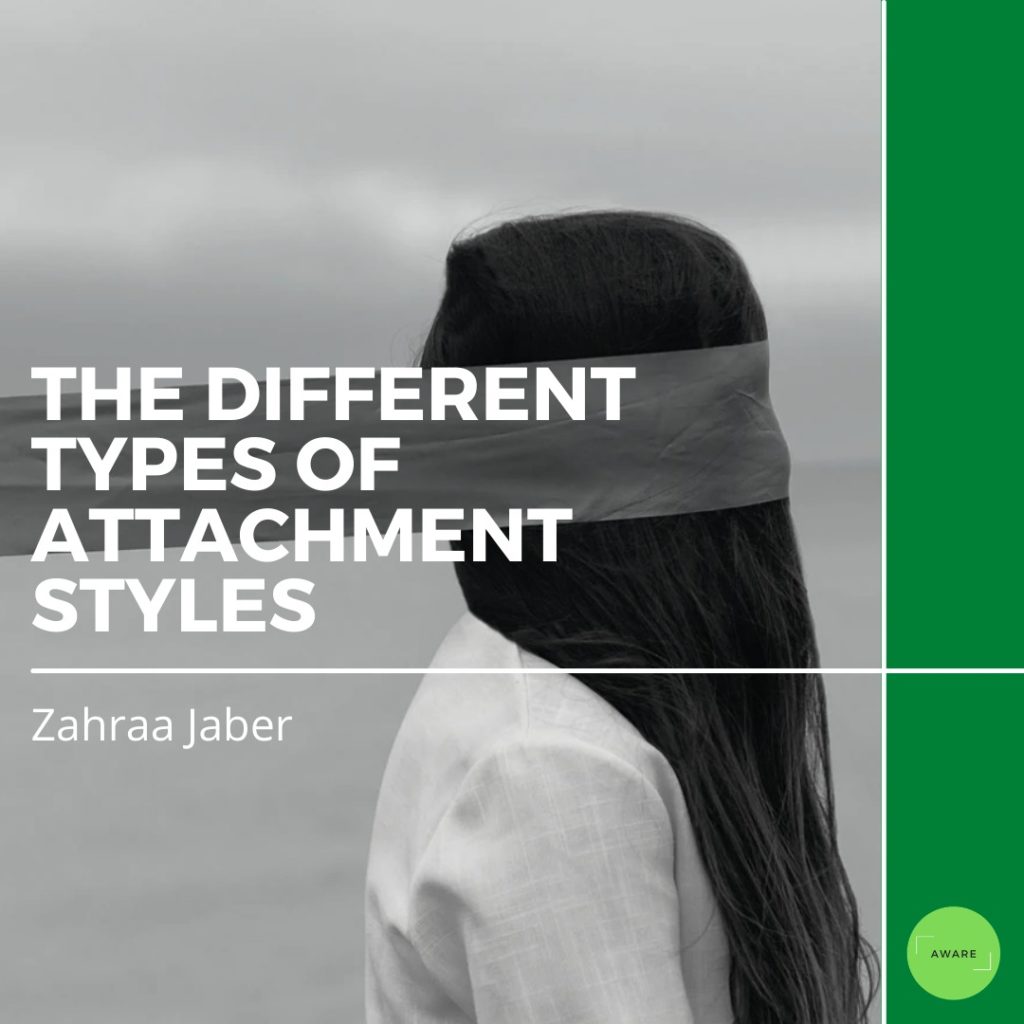Attachment styles are characterized by different ways of interacting and behaving in relationships. During early childhood, these attachment styles are centered on how children and parents interact. In adulthood, attachment styles are used to describe patterns of attachment in romantic relationships. The concept of attachment styles grew out the attachment theory and research that emerged throughout the 1960s and 1970s. Today, psychologists typically recognize four main attachment styles.
Secure Attachment Style
In relationships with a secure attachment, parents let their children go out and about but are there for them when they come back to provide security and comfort. These parents pick up their child, play with them, and reassure them when needed. So, the child learns that if they express negative emotions, someone will help them. Children who develop secure attachments learn how to trust and have healthy self-esteem. Sounds like bliss! As adults, these children are in touch with their feelings, are competent, and generally have successful relationships.
Anxious-Insecure Attachment Style
In anxious-insecure attachment, the child is not able to rely on their parents to be there when needed. Because of this, the child fails to develop any feelings of security from the attachment figure. Since the child is unable to rely on their parent to be there if they feel threatened, they are not able to easily move away from the parent to explore. The child becomes more demanding and even clingy, hoping that their exaggerated distress will force the parent to react. The lack of predictability means that the child eventually becomes needy, angry, and distrustful.
Avoidant-Insecure Attachment Style
An avoidant attachment is formed in babies and children when parents or caregivers are largely emotionally unavailable or unresponsive most of the time. Babies and children have a deep inner need to be close to their caregivers. However, they can quickly learn to stop or suppress their outward displays of emotion. If children become aware that they would be rejected from the parent or caregiver if they express themselves, they adapt. When their inner needs for connection and physical closeness are not met, children with avoidant attachment stop seeking closeness or expressing emotion.
Disorganized-Insecure Attachment Style
When a baby or child has developed a disorganized attachment, we can discover that their caregiver had not created a safe, secure base for them to confidently return to. Instead, they may have created a relationship with the child in which the child loves and cares for them but also fears them. This leaves the child consistently unsure of how the caregiver will respond to their needs. The instincts of the child are thus conflicted. They are hardwired to seek support and security from their caregiver, but they are also scared of them.
While adult romantic attachments may not exactly correspond with early childhood attachments, there is no question that our earliest relationships with caregivers play a role in development. By better understanding the role of attachment, you can gain a greater appreciation of how the earliest attachments in your life may impact adult relationships.
